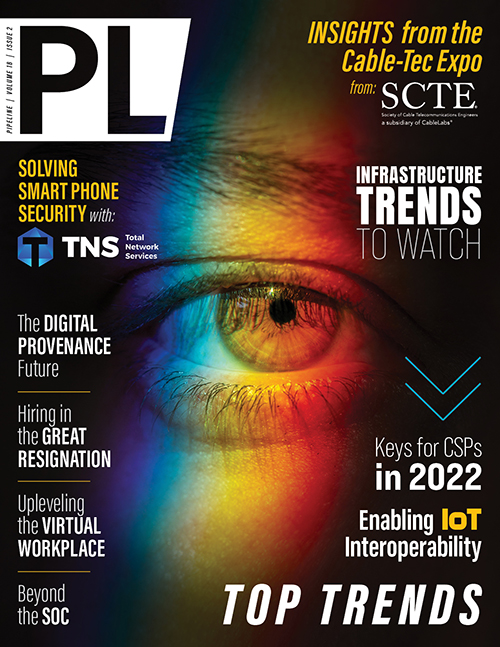Stay the Course: Virtual Workplace
Remains the Path Forward
It’s a continual balancing act. Even with security budgets growing in response to heightened threat levels, the security posture gap is widening for many. Identifying and managing risks to protect critical business processes and information assets while optimizing and prioritizing investments can be a challenge when moving to a virtual-first environment. It can be easy from the perspective of security to simply assume that having employees under the company roof makes them less prone to risk. However, this thinking is outdated.
As enterprises change their business models, security should be top of mind to keep the business safe while supporting the overall growth plan. Gone are the days when in-house IT departments could focus solely on securing company infrastructure. Fortunately, virtual workplace infrastructure can automate processes to prioritize threats, incidents, and potential vulnerabilities, so enterprises can identify and remediate security gaps quickly via automated workflows. Machine learning and AI-enabled tools can more readily identify attacks and emerging threats, removing a major obstacle to the modern virtual workplace.
As security perimeters become more fluid and data is accessed by numerous means and devices in modern workplace scenarios, it’s no longer sufficient to rely on hard corporate network perimeters, protected VPNs, and trusted corporate devices. Reliable identity and access controls are crucial in this extended environment. Zero-trust approaches can help by focusing on protecting the data itself, whether it resides in a data center, in the public cloud or on an employee’s laptop.
The same principles that apply to business transformation also apply to transforming security. Organizations must consider all relevant threat data that is available from systems, society, geopolitics, people, and processes. This wealth of data can help assess what is likely to happen, justify decisions and prioritize actions. IT security and the team responsible for it can no longer be considered a silo of the business; they must be linked to all business units. Basic security hygiene such as patching systems and managing identities requires a clear view of the enterprise and higher levels of coordination. This means security, IT and operations teams must adopt an end-to-end, integrated approach to protect and enable the business during large-scale digital change.
The path forward
Business leaders need to take note: Workers want flexibility, and a virtual workplace is a major factor for many of them. In the Qualtrics research, 44 percent of respondents indicated they were likely to search for a new job in the coming year. Organizations that have the capacity to transform their workplace but steadfastly stick to the old way of working run the risk of being left behind.
The virtual workplace is quickly becoming one of the foundational principles for attracting and retaining talent, much like benefits packages. Employees want to work for companies that give them the experience and tools to do their best work, and they want the flexibility to do that work from anywhere. On top of that, we now can use X data to show the business the impact that the workplace has on culture, engagement, retention, and performance.
Leaders with a keen eye on a modern, virtual workplace should focus less on the tools themselves and more on the employee experience. Why? It’s simple. The technology is already there. It is how your company uses this technology, manages processes and policies, and applies operational and experience data that will determine the success of the modern workplace. Knowing this, your decision on the way forward toward this workplace will be much easier.



















